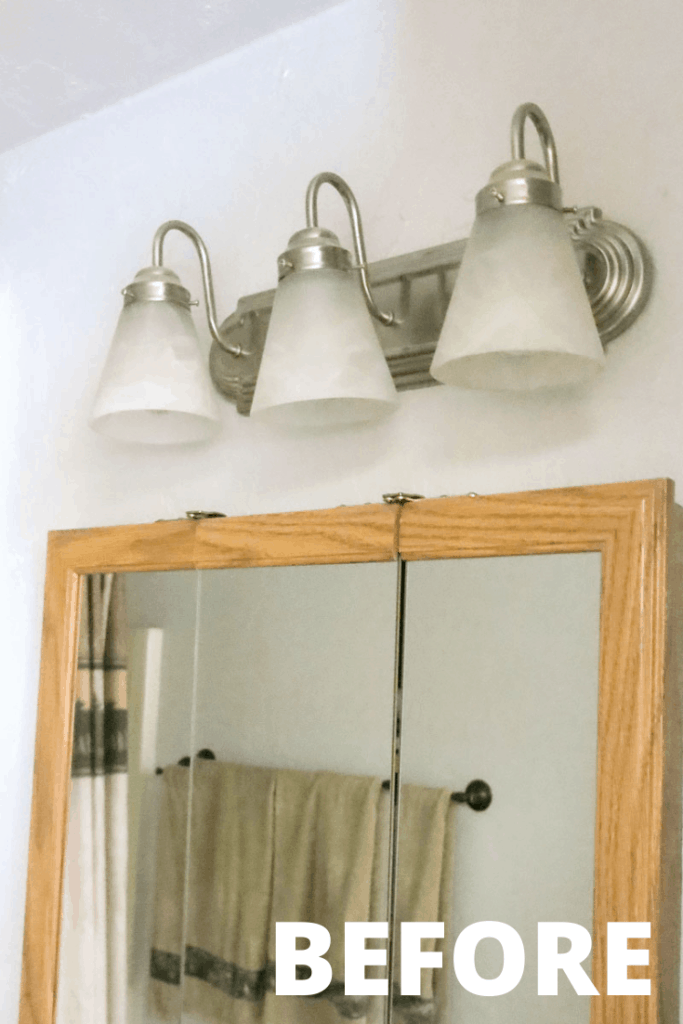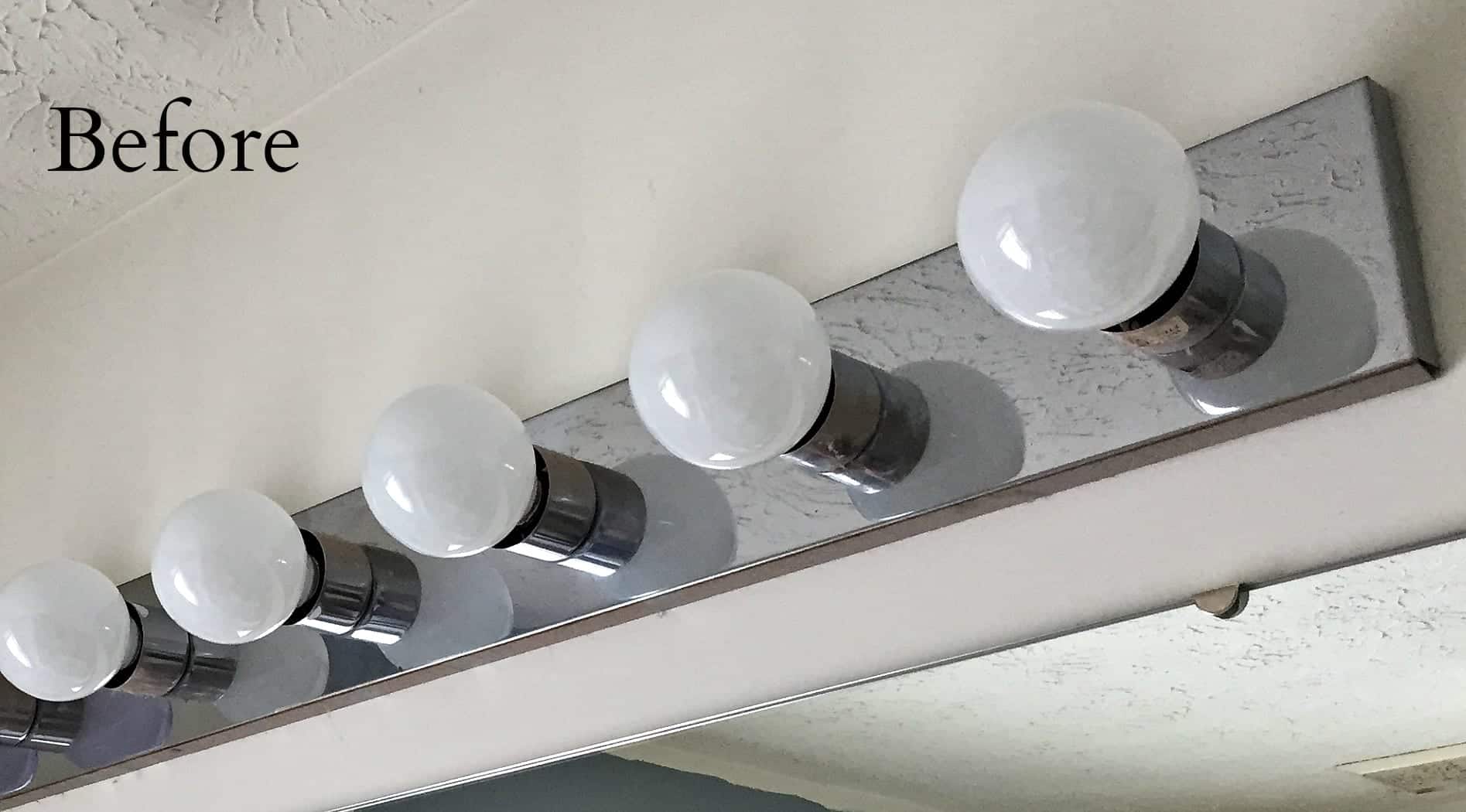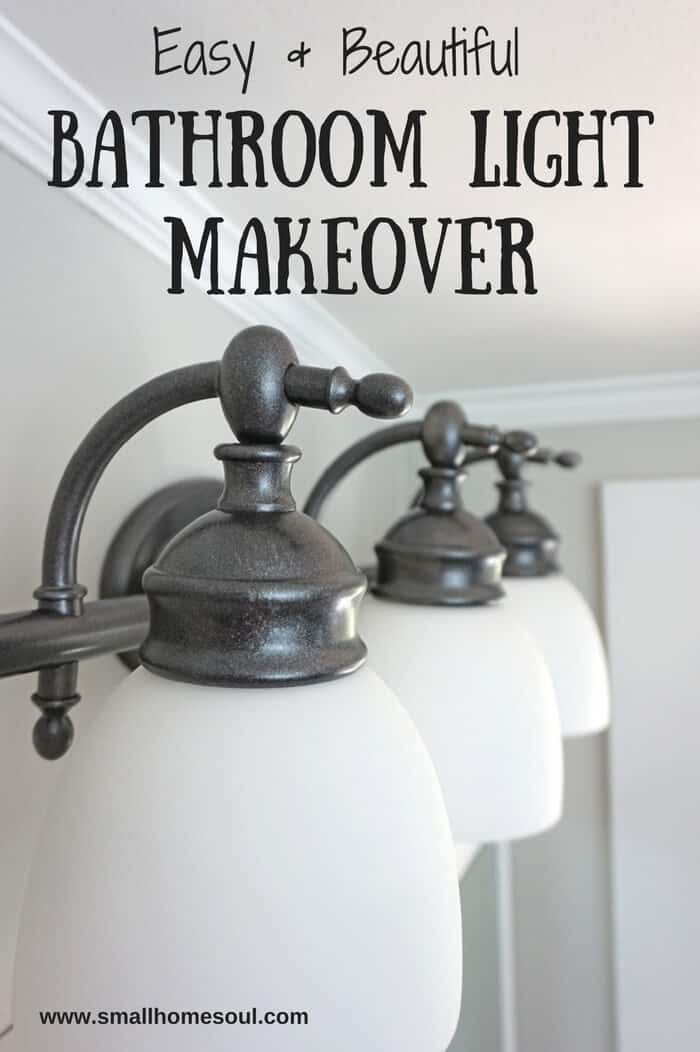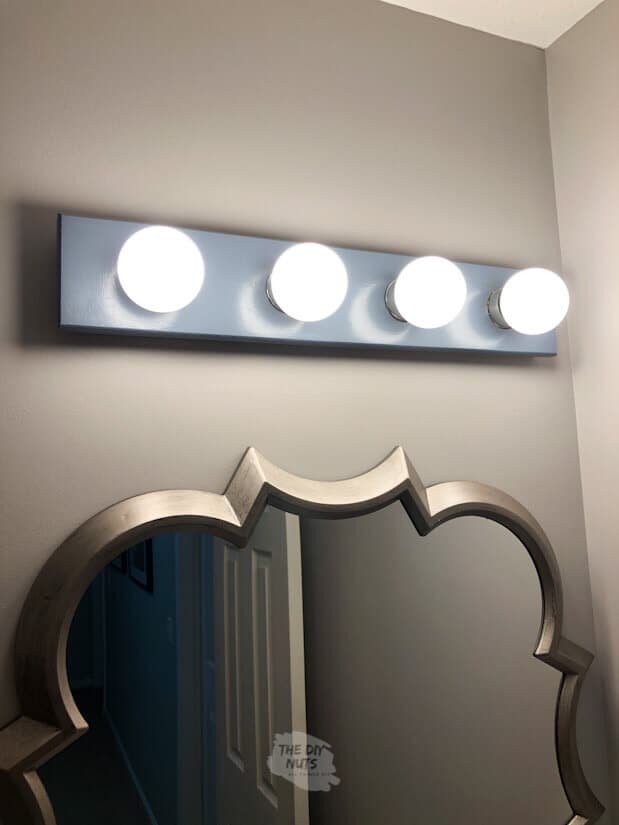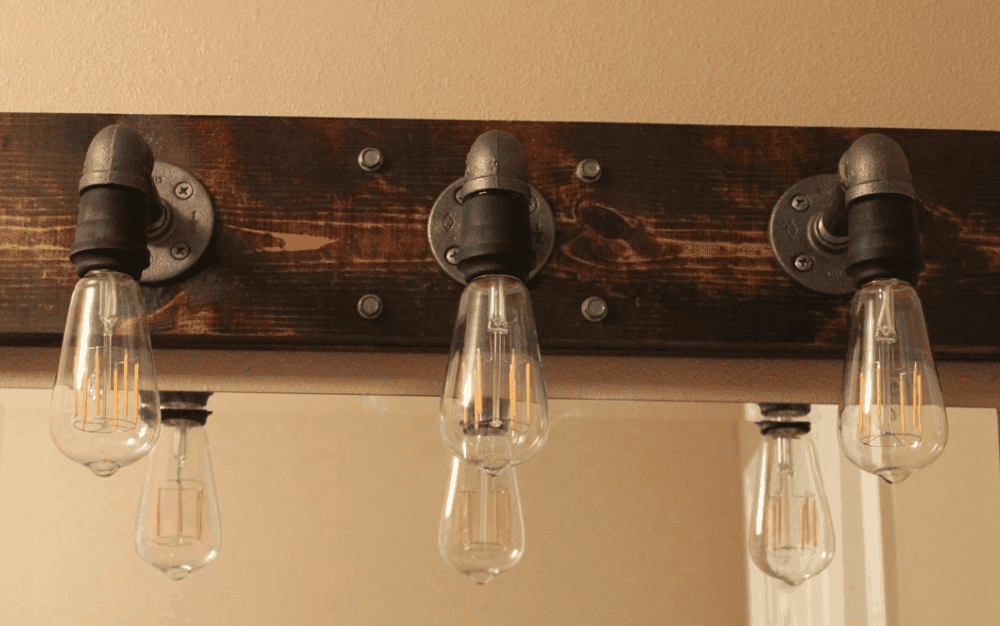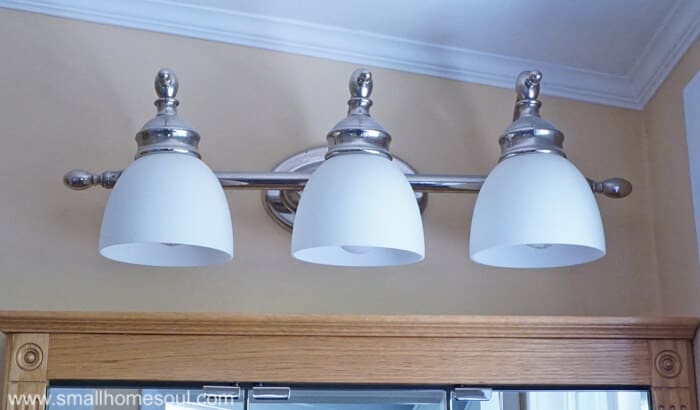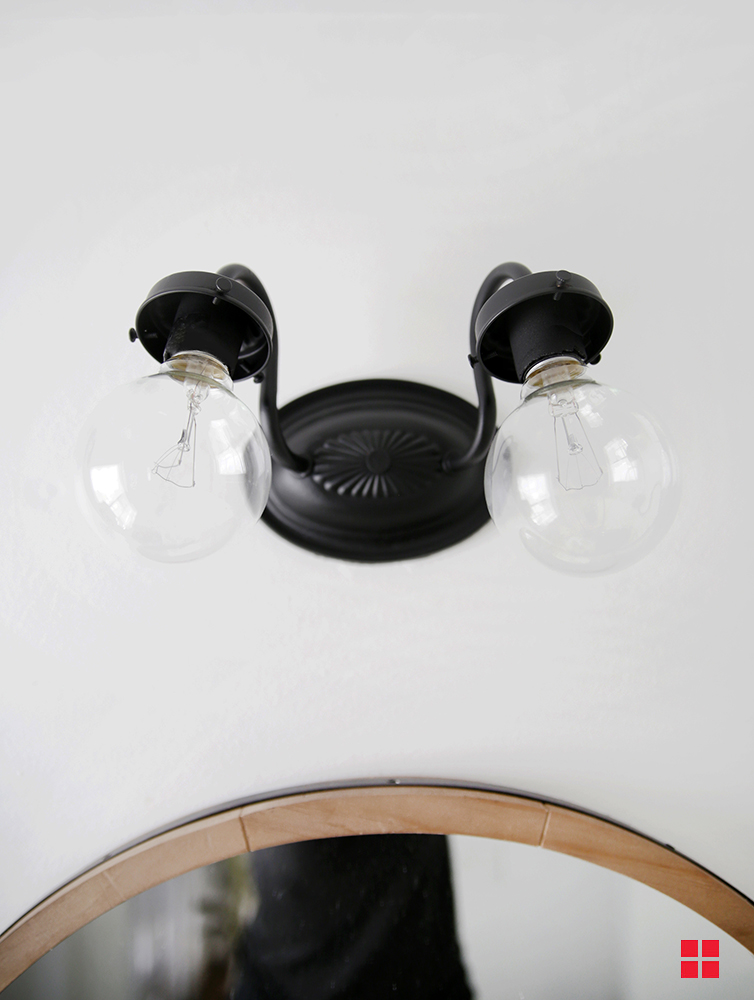Undertaking a bathroom light makeover can be one of the most transformative and satisfying home improvement projects. I remember the first time I decided to give my bathroom lighting a facelift—it was a game-changer. The bathroom, often overlooked when it comes to lighting design, is a space where we start and end our day. The right lighting not only serves practical purposes but also sets the mood, enhances the aesthetic, and can even make a small bathroom feel more spacious. When I embarked on my bathroom lighting journey, I quickly realized how impactful it was, not just for the look of the room but also its functionality.
The first thing I noticed was how outdated my existing bathroom lighting was. The single, dim ceiling fixture that had served its purpose for years just wasn’t cutting it anymore. It cast unflattering shadows and didn’t provide the brightness needed for tasks like shaving or applying makeup. I began by considering the various types of lighting that could work together to create a balanced, layered effect. I learned that in bathroom lighting, there’s no one-size-fits-all solution; it’s all about combining ambient, task, and accent lighting to achieve the best results.

Ambient lighting is the base layer, providing general illumination for the entire bathroom. In my case, I opted for recessed ceiling lights. They’re subtle, and sleek, and provide even, widespread light without overwhelming the space. I chose LED bulbs for their energy efficiency and long lifespan. I also discovered that the color temperature of the bulbs is crucial. Warm white light, around 2700K to 3000K, offers a cozy, inviting atmosphere, whereas cool white light, around 4000K to 5000K, is more suitable for task-oriented spaces like bathrooms. I went with a cooler tone, which helped in creating a crisp, clean look.
Task lighting was next on my list. I realized that the right task lighting can make or break your bathroom experience, especially when it comes to vanity areas. I installed wall-mounted sconces on either side of the mirror to minimize shadows on the face, a common problem with overhead lights alone. This setup provided the perfect lighting for grooming tasks. The sconces I chose had adjustable arms, so I could direct the light exactly where I needed it. I also added an LED light strip under the vanity mirror, which not only provided additional illumination but also added a modern touch to the overall design.

Accent lighting was where I got to have some fun. I added a small chandelier above the bathtub, which instantly became a focal point. This light didn’t serve a practical purpose but added a touch of luxury to the room. I also included LED strip lights along the baseboard and in the shower niche. These subtle additions created a soft glow that made the bathroom feel more like a spa retreat. The accent lighting wasn’t just about aesthetics; it also served as a nightlight, making late-night bathroom visits more pleasant.
One of the challenges I faced during this makeover was dealing with the wiring and placement of the new fixtures. Since I wasn’t an expert in electrical work, I had to bring in a professional to ensure everything was up to code and safely installed. This was a crucial step, as improper installation can lead to serious hazards. The electrician also helped me with a dimmer switch installation, which gave me control over the lighting intensity. This small addition allowed me to adjust the mood of the bathroom with ease, whether I wanted bright light for morning routines or a softer glow for a relaxing bath.
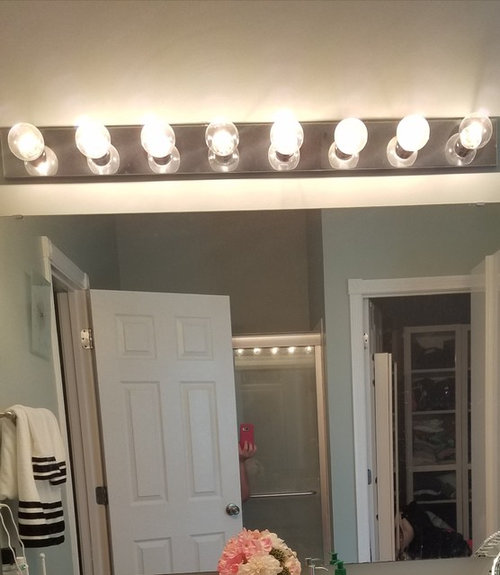
In the process, I also learned about the importance of considering the bathroom’s humidity levels when choosing fixtures and bulbs. Bathrooms are prone to moisture, which can damage certain types of lighting. I made sure to choose fixtures rated for damp or wet locations, especially for the shower area. This not only extended the life of my lights but also ensured they were safe to use in such a humid environment.
When I look back on my bathroom light makeover, I realize how much it has enhanced the space. The room now feels brighter, more modern, and far more functional. The combination of ambient, task, and accent lighting has made everyday activities easier and more enjoyable. Moreover, the aesthetic appeal of the room has skyrocketed—what was once a plain, utilitarian space is now a stylish, inviting bathroom that I’m proud to show off. If I could offer one piece of advice, it would be to take the time to plan your lighting design carefully. It’s not just about picking out pretty fixtures; it’s about creating a lighting scheme that works for your specific needs and enhances the overall feel of the room.
While the project was undoubtedly rewarding, there are some common mistakes to avoid when tackling a bathroom light makeover. One mistake is neglecting to layer the lighting. Relying solely on a single overhead light will likely result in an uninviting, shadowy bathroom. Always aim to combine different types of lighting—ambient, task, and accent—to create a well-lit and balanced space. Another common error is overlooking the importance of light placement. For example, placing a light fixture directly above the mirror can cast harsh shadows on your face, making tasks like shaving or applying makeup difficult. Instead, opt for side lighting or sconces at eye level to ensure even illumination.
Another pitfall is choosing the wrong bulb type or color temperature. Bright, cool white light might be great for visibility but can feel too clinical in a bathroom, whereas warm light might be too dim for detailed tasks. It’s essential to select bulbs that not only match the mood you want to create but also provide adequate brightness for the space. Additionally, don’t forget about the bathroom’s ventilation. Poor ventilation can lead to moisture buildup, which can damage lighting fixtures and reduce their lifespan. Ensuring proper ventilation will help keep your lighting in top condition and prevent issues like rust or mold.
Last, many people overlook the importance of safety, especially when it comes to installing lights near water sources. Always ensure that your fixtures are rated for wet environments and that they are installed correctly by a qualified professional. This not only prolongs the life of your lighting but also keeps your bathroom safe.
Common Mistakes to Avoid:
One of the most common mistakes during a bathroom light makeover is failing to plan. It’s easy to get excited about picking out beautiful fixtures and forget that lighting is a key element of the room’s functionality. Before making any purchases, take the time to consider how each area of the bathroom will be used and what kind of lighting it requires. For instance, the shower, vanity, and general room lighting will all have different needs. By mapping out a lighting plan, you’ll avoid the frustration of realizing your bathroom is too dim or too harshly lit after the fact.
Another mistake is choosing fixtures based solely on aesthetics without considering their practicality. It’s tempting to go for that stunning chandelier or those trendy exposed bulbs, but if they don’t provide the right kind of light or aren’t suitable for a damp environment, they’ll be more trouble than they’re worth. Always balance style with functionality—look for fixtures that are both attractive and appropriate for the bathroom’s specific needs. For example, make sure that the lighting around the mirror doesn’t create shadows, and that any decorative lighting complements the task lighting.
Poor fixture placement is another common issue. Even the most beautiful lights won’t be effective if they’re not positioned correctly. For example, installing a light directly above a mirror can cast unflattering shadows on your face, making it difficult to see clearly when grooming. Instead, consider placing lights on either side of the mirror to create even illumination. Also, avoid placing bright lights directly in your line of sight, as they can cause glare and discomfort.
A frequent oversight is ignoring the importance of light temperature and bulb type. Not all light bulbs are created equal, and choosing the wrong one can drastically affect the ambiance of your bathroom. For instance, a bulb that’s too cool can make your bathroom feel sterile, while one that’s too warm can make it seem dim and dingy. It’s essential to select bulbs with the appropriate color temperature for the effect you want to achieve, typically in the range of 2700K to 3000K for a warm, inviting glow, or 4000K to 5000K for a bright, clean light.
Finally, a mistake that many people make is skimping on professional installation, especially when it comes to electrical work. While it might be tempting to DIY, bathroom lighting often requires specific knowledge to ensure it’s safe and effective. A professional electrician can help with the proper placement of fixtures, installing dimmer switches, and ensuring that all electrical work is up to code. This not only ensures that your lighting functions correctly but also prevents potential safety hazards down the line.
What type of lighting is best for a bathroom?
The best type of lighting for a bathroom is a combination of ambient, task, and accent lighting. Ambient lighting provides general illumination, while task lighting focuses on areas where you need bright light, such as the vanity. Accent lighting adds a decorative touch and enhances the overall atmosphere. Together, these layers create a well-lit, functional, and aesthetically pleasing bathroom. Recessed lights or ceiling-mounted fixtures work well for ambient light, while sconces or LED strips are ideal for task lighting around mirrors.
How do I choose the right light bulbs for my bathroom?
When choosing light bulbs for your bathroom, consider both the color temperature and brightness. Bulbs with a color temperature of 2700K to 3000K produce a warm, soft light that is inviting and cozy, while 4000K to 5000K bulbs offer a cooler, brighter light that is ideal for task-oriented spaces like bathrooms. Also, consider the lumens, which measure the brightness of the bulb. A bulb with around 800 lumens is typically sufficient for a bathroom. LED bulbs are recommended due to their energy efficiency and long lifespan.
Where should I place lighting in my bathroom?
Proper lighting placement in the bathroom is crucial for both functionality and aesthetics. For general lighting, ceiling-mounted fixtures or recessed lights work well. Task lighting should be placed around the vanity mirror, ideally with sconces on either side to minimize shadows. Avoid placing lights directly overhead the mirror, as this can create unflattering shadows. Accent lighting, such as LED strips under cabinets or along baseboards, can add a decorative touch and improve the room’s ambiance.
Can I install a dimmer switch in my bathroom?
Yes, installing a dimmer switch in your bathroom is a great idea. It allows you to adjust the light intensity based on your needs, whether you want bright light for grooming tasks or a softer glow for a relaxing bath. However, ensure that the dimmer switch is compatible with the type of bulbs you are using, especially if you’re using LED bulbs. It’s advisable to have a professional electrician install the dimmer to ensure it’s done safely and correctly.
What kind of lighting should I use in a small bathroom?
In a small bathroom, it’s essential to use lighting that maximizes the space and creates a feeling of openness. Recessed lighting is a great option because it doesn’t take up any physical space, making the room feel larger. Additionally, using mirrors strategically can help reflect light and make the space appear bigger. Combining ambient lighting with task lighting around the vanity will ensure the bathroom is well-lit without overwhelming the space.
How can I make my bathroom lighting more energy-efficient?
To make your bathroom lighting more energy-efficient, consider using LED bulbs, which consume less energy and have a longer lifespan than traditional incandescent bulbs. Additionally, installing a dimmer switch can help reduce energy consumption by allowing you to use only as much light as needed. Motion-sensor lighting is another option, especially for accent lights or nightlights, as they turn off automatically when the room is not in use. Lastly, choosing fixtures that are rated for energy efficiency can also contribute to lowering your energy usage.
How To Spray Paint Bathroom Light Fixtures – Making Manzanita
DIY Industrial Light for Vanity
Bathroom Light Makeover with Paint – Girl, Just DIY!
How to Cheaply Modernize u0026 Update Your Old Bathroom – The DIY Nuts
Homemade Bathroom Light Fixture Plans You Can DIY Easily
Bathroom Light Makeover with Paint – Girl, Just DIY!
Bathroom Light Fixture Makeover
Related articles:




